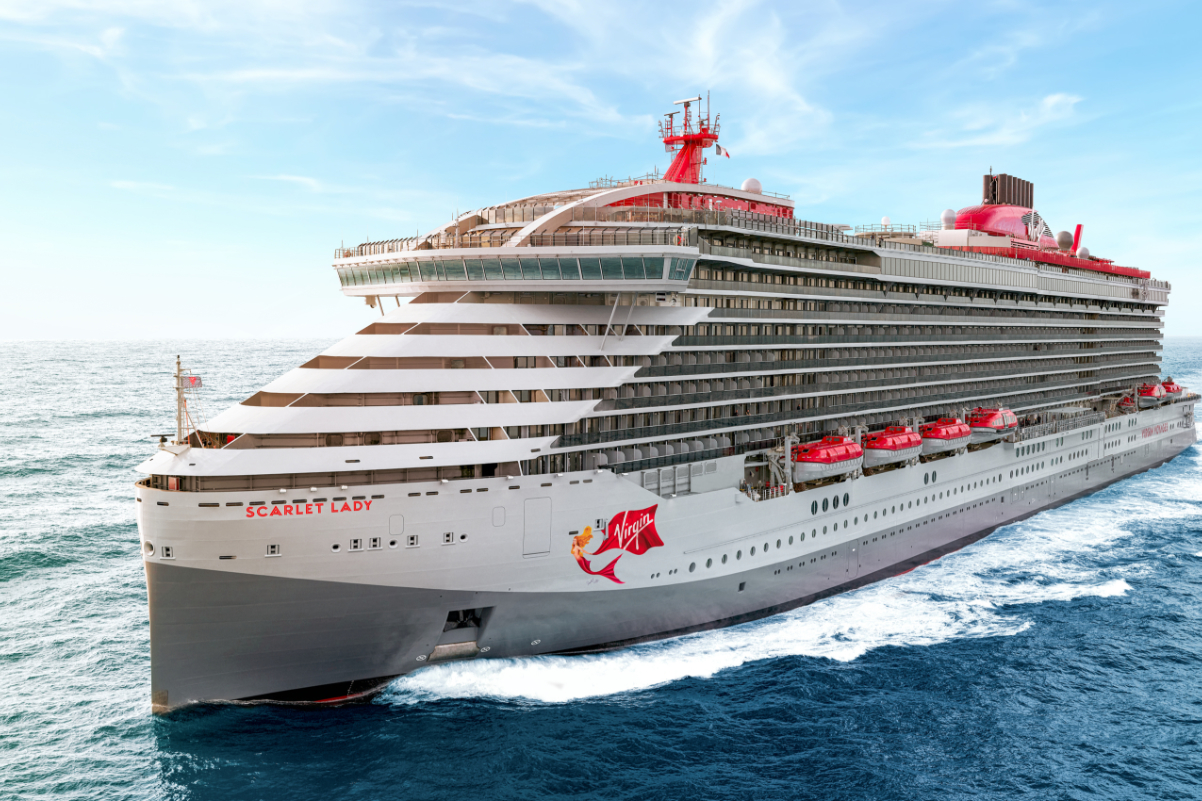Qantas Pulls Out of Mainland China, CEO Admits Some Flights are ‘Half Full’

Skift Take
Qantas is withdrawing from mainland China as it battles intense competition from local carriers. From July 28, the Sydney to Shanghai route will be scrapped. The Australian flag carrier cited “low demand” for the decision.
The Shanghai service is being pulled just six months after it was relaunched following the pandemic. It represents the only nonstop link flown by Qantas between Australia and mainland China.
Why Qantas Has Been Outclassed
Despite being Australia’s national airline, Qantas has a tiny share of the market to and from mainland China. Skift analysis of Cirium data shows Qantas currently flies five times a week between Sydney and Shanghai, offering just under 1,500 weekly seats. Its Sydney-Beijing route did not return after COVID-19.
In contrast, Chinese carriers operate more than 28,000 seats each week on 102 flights between mainland China and Australia’s three largest cities. This is due to ramp up even further to 128 flights a week by eight different Chinese carriers by the end of the year.
Recent ticket sales data from ForwardKeys suggested Australia had increased in popularity among outbound Chinese visitors compared to 2019. This indicates that there is interest in the market – particularly during peak travel periods – but Chinese travelers are choosing to fly with local companies.
Qantas' Shanghai Flights 'Half Full'
Speaking on Tuesday, Qantas International CEO Cam Wallace acknowledged that the airline’s short-lived return to the mainland China market had been underwhelming.
“Since COVID, the demand for travel between Australia and China has not recovered as strongly as expected. In some months, our flights to and from Shanghai have been operating around half full,” he said.
The CEO did not rule out a return to Shanghai in the future, adding that Qantas would closely monitor market conditions. The airline will continue to fly between Australia and Hong Kong, where it offers one-stop connections via local partner airlines.
Shanghai Slung; Manila Maximized
The scrapping of Shanghai will allow Qantas to make enhancements elsewhere in its network. The airline says aircraft that were due to operate the route will be redirected to destinations “where there is increasing demand or new tourism opportunities.”
The most notable is the launch of Brisbane to Manila. A four-times weekly link will begin on October 28 and marks the first time Qantas has operated the route in more than a decade. This complements the carrier’s existing Sydney-Manila flights.
There will also be a ramping up of services to and from Singapore. Flights from Brisbane will rise from seven to nine a week from the end of October. Sydney-Singapore will go from twice daily to 17 a week from December.
Extra capacity is also going into the Indian market, with a boost for Qantas’ Sydney to Bengaluru flights. Over a four-month peak holiday period, the route will be served daily, up from its usual five-times weekly schedule. The additional frequencies will begin in mid-December and run until the end of March.
Airlines Sector Stock Index Performance Year-to-Date
What am I looking at? The performance of airline sector stocks within the ST200. The index includes companies publicly traded across global markets including network carriers, low-cost carriers, and other related companies.
The Skift Travel 200 (ST200) combines the financial performance of nearly 200 travel companies worth more than a trillion dollars into a single number. See more airlines sector financial performance.





